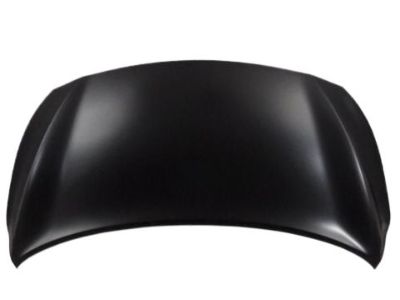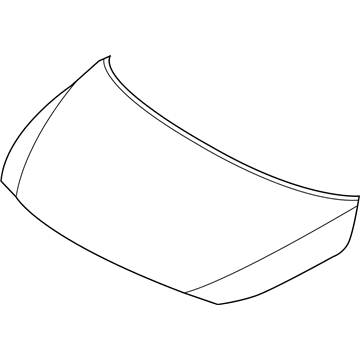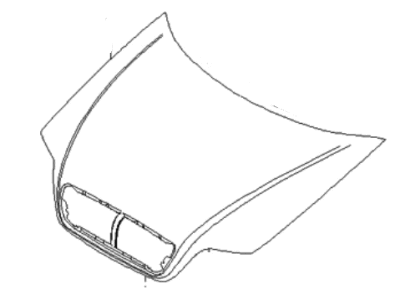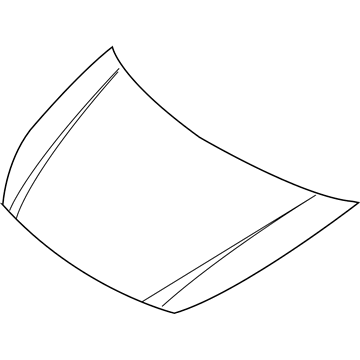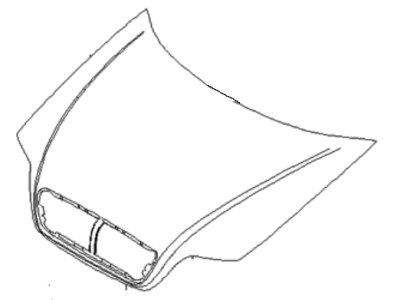×
- Hello
- Login or Register
- Quick Links
- Live Chat
- Track Order
- Parts Availability
- RMA
- Help Center
- Contact Us
- Shop for
- Kia Parts
- Kia Accessories

My Garage
My Account
Cart
Genuine Kia Sedona Hood
Engine Hood- Select Vehicle by Model
- Select Vehicle by VIN
Select Vehicle by Model
orMake
Model
Year
Select Vehicle by VIN
For the most accurate results, select vehicle by your VIN (Vehicle Identification Number).
5 Hoods found

Kia Sedona Panel Assembly-Hood
Part Number: 66400A9000$502.92 MSRP: $738.50You Save: $235.58 (32%)Ships in 1-3 Business DaysKia Sedona Hood Assembly
Part Number: 0K52Y52310A$389.61 MSRP: $560.75You Save: $171.14 (31%)Ships in 1-3 Business DaysKia Sedona Hood Assembly
Part Number: 0K52Y52310$398.69 MSRP: $560.75You Save: $162.06 (29%)Ships in 1-3 Business DaysKia Sedona Panel Assembly-Hood
Part Number: 664004D010$477.17 MSRP: $700.69You Save: $223.52 (32%)Ships in 1-3 Business DaysKia Sedona Hood Assembly
Part Number: 0K53Y52310$501.05 MSRP: $716.82You Save: $215.77 (31%)Ships in 1-3 Business Days
Kia Sedona Hood
If you're in search of top-notch, reasonably priced OEM Kia Sedona Hood, then you've found the perfect spot. Our website boasts an extensive inventory of Kia Sedona Hood, all priced at the market's premier price. Rest assured, every genuine part we offer comes with a warranty straight from the manufacturer.
Kia Sedona Hood Parts Questions & Experts Answers
- Q: How should the hood be removed and installed safely and correctly on Kia Sedona?A:The hood is heavy and somewhat awkward to remove and install, so at least two people should perform this procedure. Begin by using blankets or pads to cover the cowl area and Fenders to protect the body and paint during the hood removal. Scribe alignment marks around the bolt heads and hinge attachment locations to ensure proper alignment during installation, using a permanent-type felt-tip marker if necessary. Remove the top bolts holding the hood to the hinge and loosen the bottom bolts until they can be removed by hand. Have an assistant support the weight of the hood from the opposite side of the vehicle. For models from 2006 and later, disconnect the support struts from the ball studs and lay them down. Take turns removing the hinge-to-hood bolts and lift off the hood while supporting it with your shoulder. Installation is the reverse of removal. For adjustment, move the hood in relation to the hinge plate after loosening the bolts to achieve front-and-back and side-to-side alignment. Scribe or trace a line around the hinge plate to judge the amount of movement, then loosen the bolts or nuts and adjust the hood slightly at a time, tightening them afterward and carefully lowering the hood to check alignment. Adjust the hood bumpers on the radiator support or fenders to ensure the hood is flush with the fenders when closed, and adjust the hood height by screwing the bumpers in or out. Mark the Hood Latch as a guide for adjustment, as it can also be adjusted up-and-down and side-to-side after loosening the bolts. Periodically lubricate the hood latch assembly and hinges with white lithium-base grease to prevent sticking and wear.
